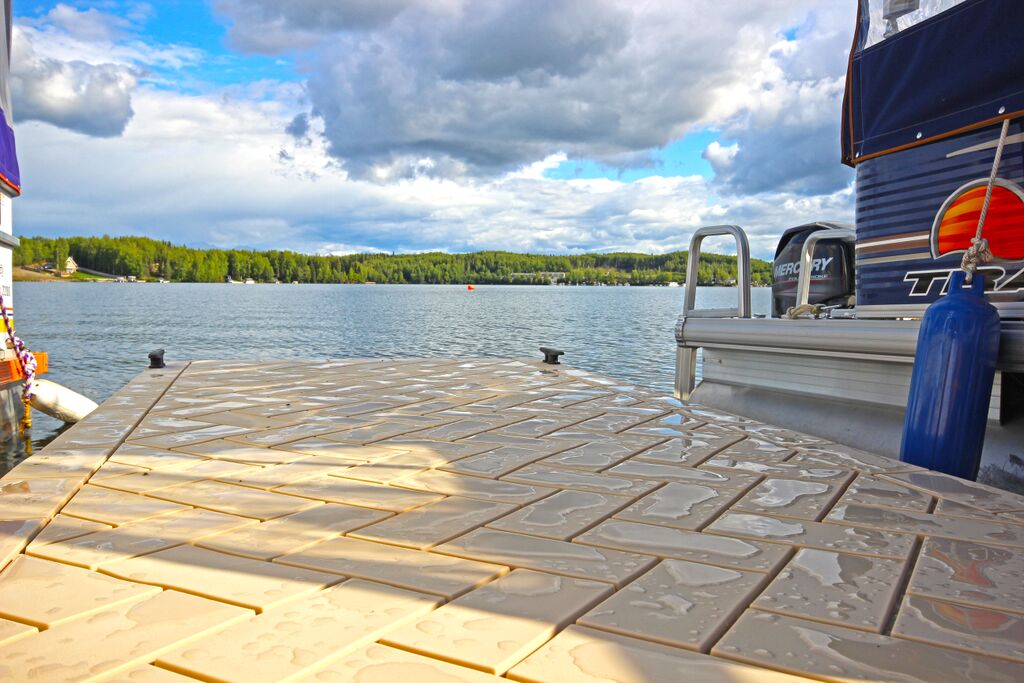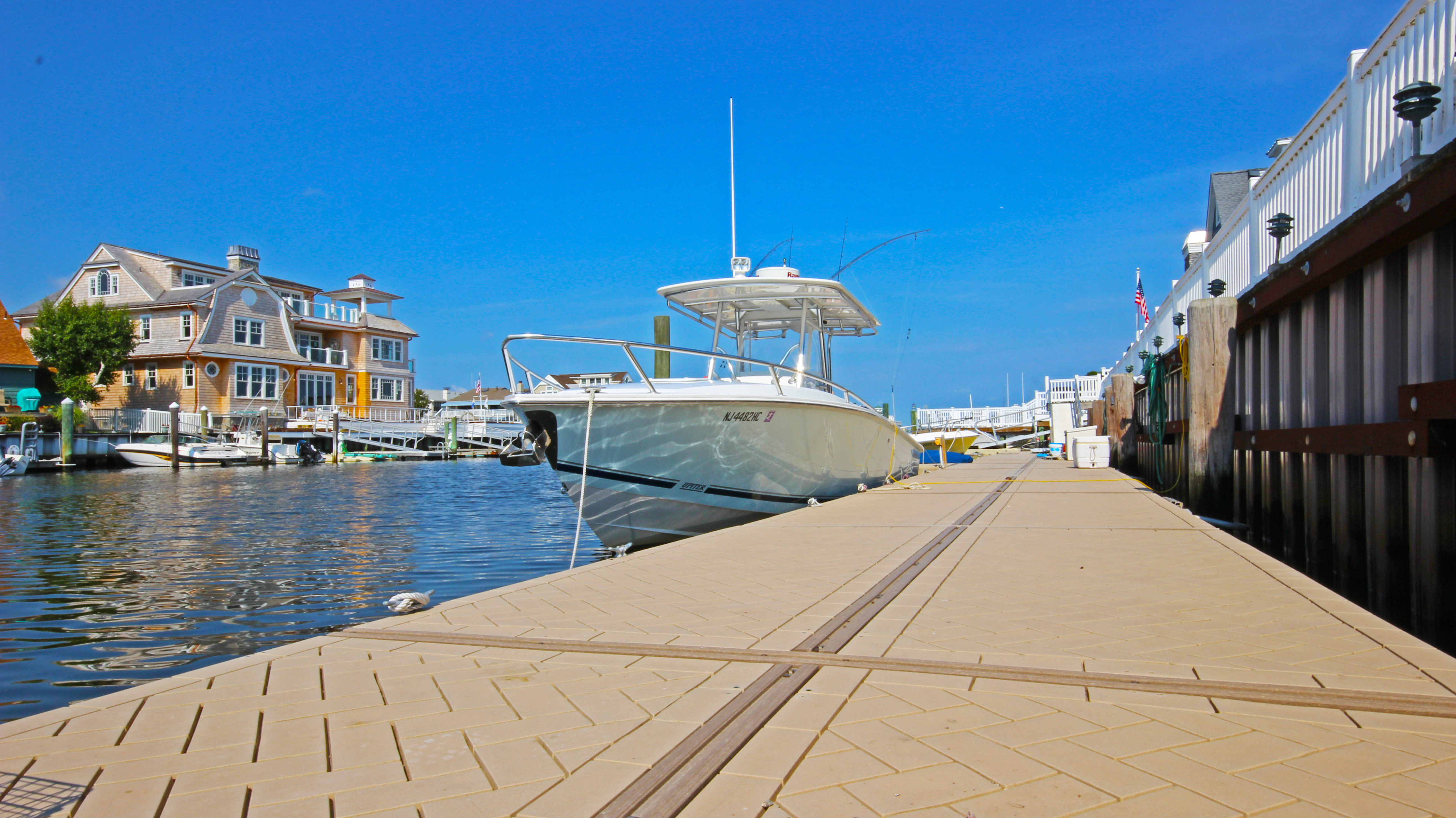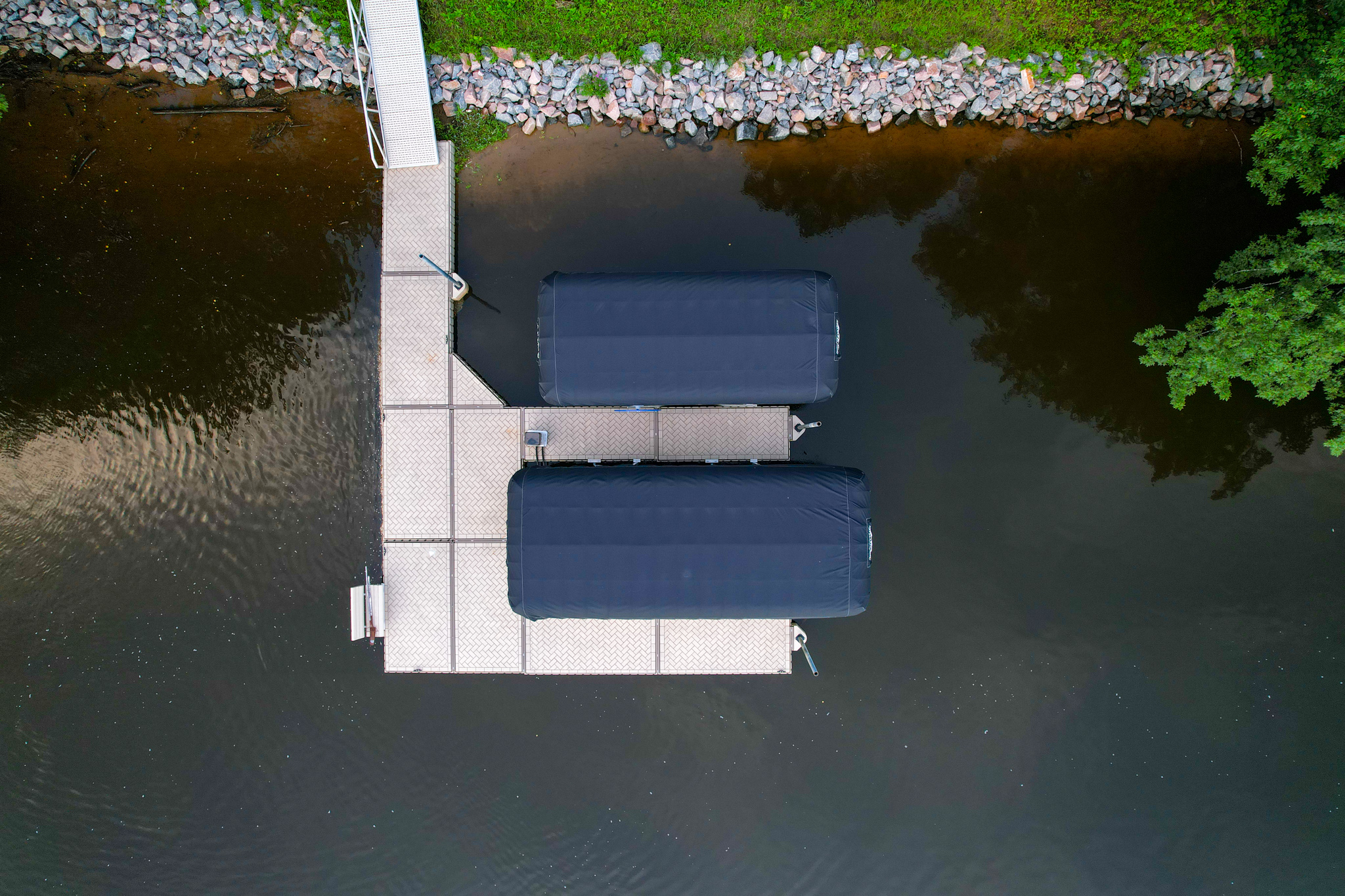Fuel Up Safely
The fuel pump is a good place to start—after all, you need gas to power your boat. Nozzles, tanks, and discharges can release drips of fuel accidentally, and each drop is part of a much larger problem that’s very hard to get rid of and very hazardous to the environment. Prevent spills by knowing how much your fuel tank can hold, know the signs that it’s getting close, avoid “topping it off,” and keep a hold on the nozzle when refueling. Catch drips with an absorbent pad or fuel collar around the nozzle. If you spill on the deck, wipe it up and dispose of the pad properly. Spills need to be reported to the U.S. Coast Guard and your local authorities.
Watch Your Waste
All waste should be kept on the board until you’re back onshore and can dispose of it properly. This means that hazardous waste and sewage goes to the proper facilities and not just in any trash can. Contact your local municipality if you’re unsure where to take your waste. A lot of marine materials can be recycled, too, so check your recycling centers before throwing out anything that could be recycled. Keep separate containers for any waste onboard and securely tied down.
Maintain Your Boat
Maintaining your boat helps it run more efficiently and keeps it from polluting the water. Perform any maintenance tasks on dry land whenever possible— if you have to work on the water, contain the waste and use tarps and vacuum sanders. Keep your engine tuned and maintained for a reduced carbon footprint and happier wallet. Also, inspect the propulsion system for leaks and other problems that need to be fixed. Bent or dinged propellers will also need work done to increase efficiency.
Protect the Ecosystem
On top of keeping pollutants out of the water, it’s important to stop the spread of invasive species. Inspect your boat for plants and remove them once you haul your boat out of the water. Wash it in between trips, and let it dry for several days before moving on to a different body of water. Drain the bilge, livewell, raw water washdown system, and any other areas that hold water. If you’re an angler, observe responsible fishing practices.
Consider your impact on the bottom of the water as well. Be careful when anchoring, navigating shallow waters, and boating near marine life. Even if you aren’t impacting animals directly, you’re affecting their habitats and food sources, and it’s important to reduce that impact as much as you can.
Keep Things Clean
Use environmentally friendly cleaners when tidying up around your boat or dock. Use non-toxic, phosphate-free boat soaps. If you need something more caustic, do the cleaning on dry land, where it’s easier to contain the chemicals you’re using. No matter what you use to clean the boat, let it dry before you put it back in the water to ensure there’s no residue left on the hull.
PolyDock: Better with Every Step
At PolyDock, we believe in doing better than we did before, and our boat dock systems are no exception. We’re passionate waterfront enthusiasts and value the water we live, work, and play on. This is why our PolyDock floating dock systems are designed with the environment in mind. They’re durable, require very little maintenance, and are rotationally molded from Linear Low-Density Polyethylene—this means no rotting, corroding, or releasing paint or chemicals into the water. Our floats are hollow and not foam-filled, which means no polystyrene beads leaking into the water if the dock gets damaged. Contact PolyDock for more information about the benefits and features of PolyDock systems.




